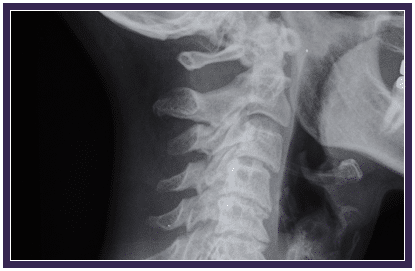New Report Finds Large-Scale Adoption of Digital X-Ray Technology in the U.S., Growth in Procedures
“IMV’s 2019 X-ray/DR/CR Market Outlook Report observes that over 80% of the fixed general x-ray installed base in U.S. hospitals uses DR technology, up from half of the installed base in 2015.”
The IMV X-Ray Market Outlook, from Kalorama’s partner publisher, can be found at: https://imvinfo.com/product/2019-x-ray-dr-cr-market-outlook-report/
Now that general radiography has joined the ranks of the digital modalities, future artificial intelligence (AI) and machine learning applications that harness the power of the digital information will be a key factor in facilitating further clinical and workflow improvements for radiology. While the adoption of AI applications for clinical decision support using general x-ray data is still in its early stages, radiology administrators see great promise for using such tools to improve image quality output, workflow, and to use as clinical decision support for radiologists.




